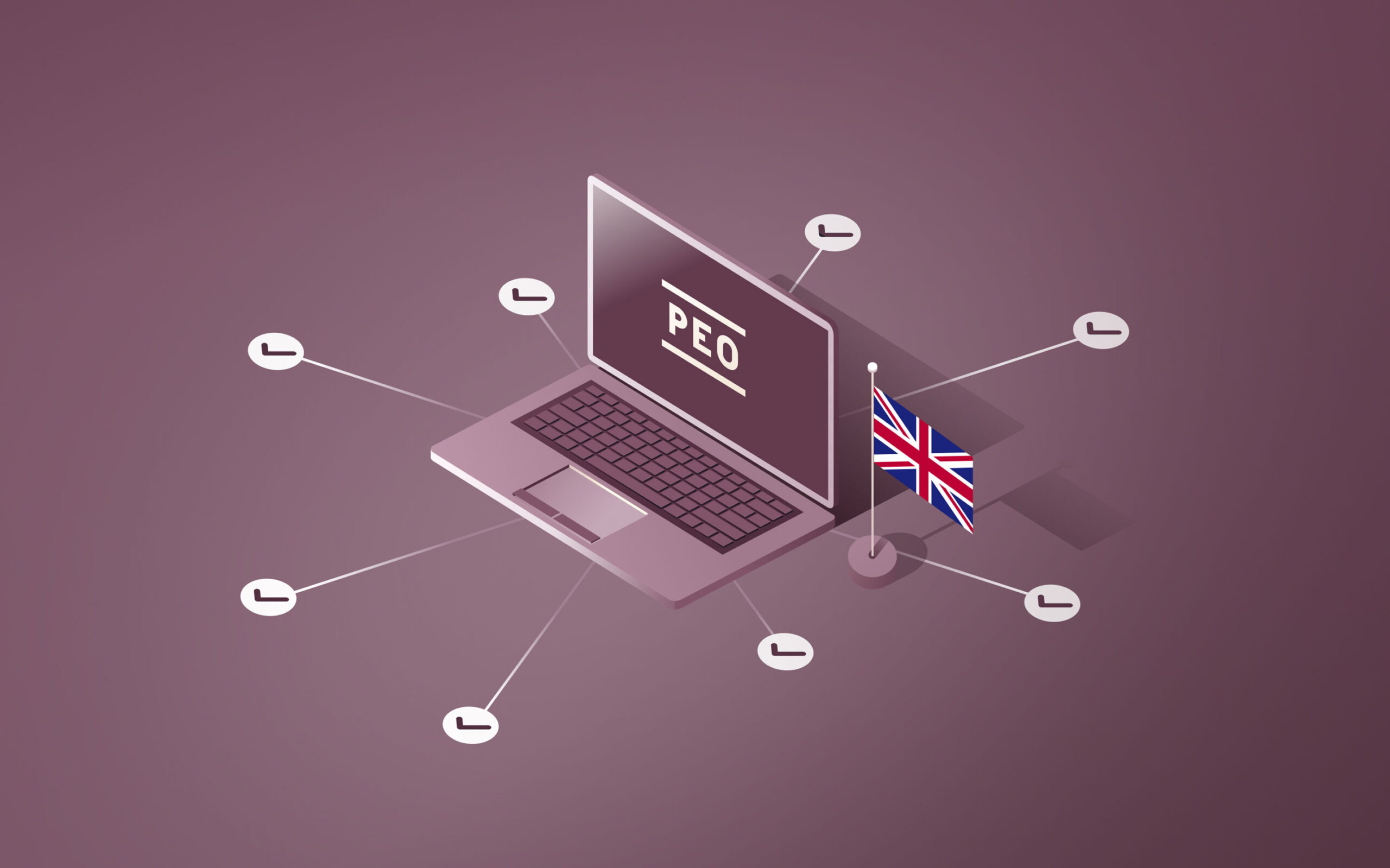Co-employment vs. joint employment: What you need to know
Co-employment and joint employment, while often used interchangeably, bear a critical distinction that sets the course for employer-employee relationships.
Co-employment is a contractual relationship between a company and a professional employer organization (PEO)—a third-party organization that can offload specific HR tasks, like Rippling—where the two parties divide up certain employer responsibilities. With co-employment, the company still has full control over who they hire, which benefits they offer, and other crucial workforce management decisions.
Joint employment, on the other hand, is when multiple employers govern the same employees and have input on their daily management.
To make matters even more confusing, there are a few other employment models that can be similar to these:
- Employee leasing: An arrangement where a staffing agency offers client companies access to skilled workers, bypassing direct employment complexities. Temporary employees engaged through leasing return to the staffing firm after fulfilling their obligations.
- Employers of Record (EORs): A service that hires foreign employees on a company’s behalf without requiring them to establish a local entity or co-employment agreements.
Admittedly, all this can be a lot to keep up with. Read on as we help you better understand the various employment arrangements and human resources outsourcing opportunities.
How does co-employment work?
Before we dig into the co-employment relationship, it’s necessary to understand the function of a PEO. A company may turn to a PEO to streamline administrative HR tasks, like running payroll, administering benefits, maintaining compliance, and providing workers’ compensation insurance. A PEO not only provides access to better—and more affordable—employee benefits than a small or mid-sized business might otherwise have been able to offer its employees, but it can free up much-needed time for businesses to focus on other aspects of daily employee management.
If your company enlists a PEO, it “co-employs” your workforce for administrative purposes, like paying employees and filing payroll. Under a co-employment contract, companies still maintain complete control over who they hire, how much they pay employees, which benefits they administer, and other day-to-day HR decisions. PEOs just do the mundane, menial work like processing the wages, providing access to health insurance, and paying the taxes.
Co-employment advantages
While sharing the responsibilities regarding your most important asset—your employees—with an outside organization may feel nerve-wracking, the benefits of co-employment make it well worth overcoming that fear. In fact, according to the National Association of Professional Employer Organizations (NAPEO), partnering with a PEO like Rippling can actually help your business grow 7-9% faster and lower your turnover by 10-14%.
Let’s jump into some of the ways co-employment relationships can help increase employee satisfaction and grow your business.
Access to premium benefits
Many small and medium-sized businesses opt for co-employment because of the top-tier (and cost-effective!) health benefit options and other services a PEO can provide. PEOs offer access to higher-quality benefits and manage healthcare enrollment and claims. Some even provide extras, like education support and commuting benefits.
Seamless payroll management
In a co-employment arrangement, the PEO takes care of timely payroll and tax management. This becomes especially valuable if you don't have a dedicated or full-time HR department, as PEOs can ease the complexities of payroll while your business expands. A PEO can also give your employees access to workers’ compensation, providing coverage and assisting with claims administration.
Compliance expertise
PEOs often have a team of HR advisors who stay updated on evolving HR regulations and can provide best-practice advice. They offer guidance on best practices for:
- Correctly classifying independent contractors
- Adhering to employment laws
- Running payroll
- Tax reporting and other IRS compliance
- Managing unemployment and workers’ compensation claims
- Creating workplace policies
HR support
If your company doesn't have its own HR team, PEOs may be able to advise on best practices for different HR services. Within some co-employment agreements, you can opt to have dedicated HR experts or teams, offering both strategic and administrative services. Alternatively, if you have existing HR resources, you may still choose to work with PEOs to tap into their specialized expertise.
What is joint employment?
Joint employment is a type of employment arrangement where two or more employers work together to make important decisions regarding employees. This understanding is critical in HR, particularly for complying with employment laws. Additionally, both employers must follow the same rules to treat workers fairly and legally. However, it’s important to note that for companies looking to expand globally, an EOR is not a joint employer; it’s the sole employer.
Examples of joint employment decisions
In a joint employment relationship, the involved employers typically share the following decisions:
- Wage and compensation structure: Employers make collaborative decisions on how wages and compensation structures are established to ensure fairness and alignment.
- Work hours and scheduling: Employers jointly determine employee work hours and create schedules that accommodate both their needs.
- Hiring processes: Employers actively participate in the process of recruiting, hiring, and onboarding new hires, ensuring a cohesive approach.
- Employee termination and layoffs: Employers make collective choices regarding employee terminations or layoffs, taking into account both their perspectives.
- Work assignments and tasks: Employers collaborate on assigning tasks and responsibilities to employees to maintain a balanced workload distribution.
- Employee benefits and leave policies: Employers share responsibility in managing employee benefit plans, as well as creating and administering leave policies.
- Labor laws compliance: Employers ensure compliance with labor laws and regulations collectively, preventing discrepancies between the employing entities.
- Workplace safety and training: Employers take joint measures to ensure workplace safety and provide training for employees.
- Workplace grievances and conflicts: Employers handle workplace grievances and conflicts together, fostering a harmonious work environment.
- Workplace policies and codes of conduct: Employers handle and enforce workplace policies and codes of conduct through mutual agreement.
Joint-employment laws and employer liability
As of July 31, 2021, the DOL Wage and Hour Division implemented fresh guidelines that revoked the previous Joint Employer Rule (JER) and reinstated the joint employer rules that were in effect before March 16, 2020.
This change emerged because the previous JER conflicted with the standard understanding of joint employment at the DOL. Moreover, it inaccurately narrowed down the range of scenarios where joint employment should be considered.
Let's discuss the different joint-employment laws in detail below.
Joint employers and FLSA
The Fair Labor Standards Act (FLSA) monitors situations where employers jointly control employees to ensure fair pay and labor practices. Its goal is to make sure employers follow the rules in joint employment situations.
Joint employers bear equal responsibility for violations related to wages and hours, like failing to pay employees overtime when they work for both entities.
For example, if Employee A works at two different locations, both employers need to ensure the employee receives overtime pay if their total hours exceed 40 in one workweek. Similarly, if you hire an employee through a staffing company and they work more than 40 hours per week, both you and the agency must ensure they receive proper overtime compensation.
Joint employers and FMLA
If you qualify as a joint employer under FLSA rules, note that all businesses employing the worker must report them for Family and Medical Leave Act (FMLA) purposes.
The FMLA defines primary and secondary employers in joint employment scenarios. To determine primary or secondary status, consider:
- Authority over employment matters: Which employer can make decisions about hiring, firing, and work assignments?
- Payment decisions: Who decides how much and when the employee is paid?
- Benefits provision: Which employer provides leave or unemployment benefits?
Primary employers are typically responsible for offering benefits, making employment decisions, and handling payments.
In the context of FMLA joint employment, both employers share the responsibility of assessing employer coverage and employee eligibility. Unless the employee has worked at the secondary employer's site for at least a year, the primary employer's worksite generally applies.
With the updated FLSA joint employment ruling, the concept is clear: if you and another company both share control over an employee, you're joint employers. So, if one employer fails to fulfill legal obligations, the other can be held liable.
This means you now have increased employer liability to comply with various labor laws, including wage regulations, overtime compensation, benefits administration, and workplace safety measures.
A PEO like Rippling can help you adhere to complex employment laws like these, ensuring ongoing compliance.
Rippling and its affiliates do not provide tax, accounting, or legal advice. This material has been prepared for informational purposes only, and is not intended to provide, and should not be relied on for tax, legal, or accounting advice. You should consult your own tax, legal, and accounting advisors before engaging in any related activities or transactions.











